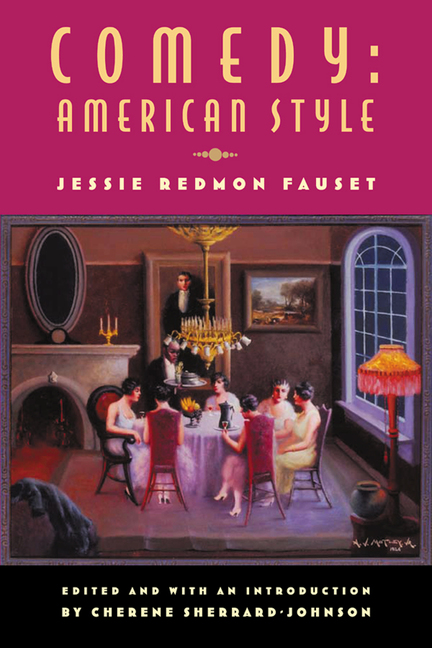Passing Fancies: Color, much more than race, dominated the fiction of the Harlem Renaissance
The Wall Street Journal
2011-09-03
James Campbell
Harlem Renaissance Novels, Edited by Rafia Zafar, Library of America, 1,715 pages
Harlem in the autumn of 1924 offered a “foretaste of paradise,” according to the novelist Arna Bontemps. He was recalling the dawn of the Harlem Renaissance and was perhaps a little dazzled in retrospect—Bontemps was writing in 1965—by his memories of “strings of fairy lights” illuminating the uptown “broad avenues” at dusk.
A gloomier perspective is found in the writings of James Baldwin, born in Harlem Hospital in August 1924. His novel “Go Tell It on the Mountain” (1953) and his memoir, “The Fire Next Time” (1963), both evoke a Harlem childhood dominated by poverty, fear, brutality, with the dim torch of salvation locked in a storefront church. Baldwin scarcely mentions the renaissance or its principals in all his writings—despite the remarkable coincidence of his having attended schools where two mainstays of any account of the Harlem Renaissance were teachers: the poet Countee Cullen and the novelist Jessie Redmon…
…Any rebirth is bound to be bloody, and perhaps the better for it. Grudge, guilt and prejudice notwithstanding, the Harlem Renaissance produced a lot of good writing, some of it worth reading eight decades later. Almost all the novels chosen by Rafia Zafar for the Library of America’s two-volume collection contain scenes of interest, even when the interest is mainly sociological. (The exception is George Schuyler’s 1931 “Black No More,” a far-fetched, burlesque yarn about passing for white that might have been omitted in favor of Van Vechten’s “Nigger Heaven.”) The predominant theme of the majority of novels here—to the point of obsession—is not so much prejudice as plain color. Bigoted white voices are heard, but light-skinned blacks expressing distaste for their darker neighbors speak louder. As the heroine of Nella Larsen’s “Quicksand” (1928) observes: “Negro society . . . was as complicated and as rigid in its ramifications as the highest strata of white society.”
The most arresting tale, in this respect, is “The Blacker the Berry” (1929) by Wallace Thurman, in which poor Emma Lou Morgan, daughter of a “quite fair” mother, realizes that her “luscious black complexion” is despised by those around her, many of whom can pass for white. Emma Lou’s “unwelcome black mask” has been inherited from her “no good” father, who had “never been in evidence.” Ill-treatment from white students and teachers at school is bad enough; but when Emma Lou gets to Harlem, the humiliation turns to cruelty. She tries to rent a room from a West Indian woman. “A little girl had come to the door, and, in answer to a voice in the back asking, ‘Who is it, Cora?’ had replied, ‘monkey chaser wants to see the room you got to rent.’ ” Emma Lou remains, for the time being, homeless. When she shows her admiration “boldly” for an “intelligent-looking, slender, light-brown-skinned” man on Seventh Avenue, he “looked at her, then over her, and passed on.” Far worse are a group of Harlem youths who notice Emma Lou powdering her nose near the same spot…
…It was the same sigh, rather than crude shame, that led Jean Toomer to describe himself on his marriage certificate of 1931 as “white.” His exquisite sequence of prose episodes and poems, “Cane” (1923), is the earliest of the books gathered here. It requires but a sampling of Toomer’s humid Georgia prose to induce in the reader a different quality of intoxication from that brought about by the rough beverages of McKay, Hughes and Schuyler: “Karintha, at twelve, was a wild flash that told the other folks just what it was to live. At sunset, when there was no wind, and the pine-smoke from over by the sawmill hugged the earth, and you couldn’t see more than a few feet in front, her sudden darting past you was a bit of vivid color, like a black bird that flashes in light. With the other children one could hear, some distance off, their feet flopping in the two-inch dust. Karintha’s running was a whir.”…
Read the entire review here.
